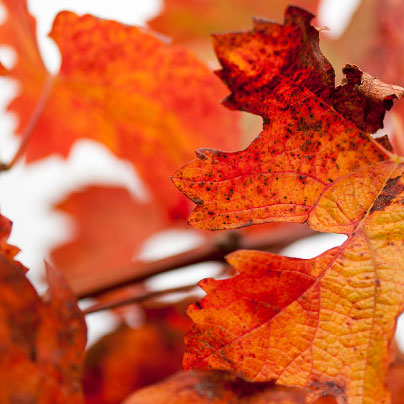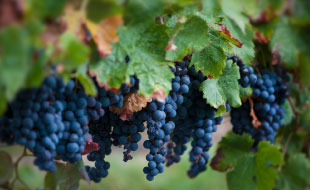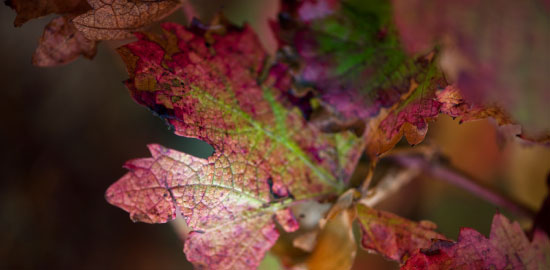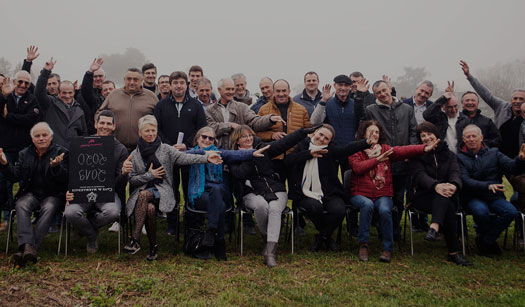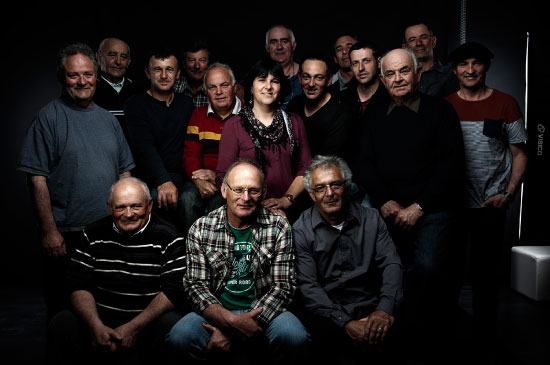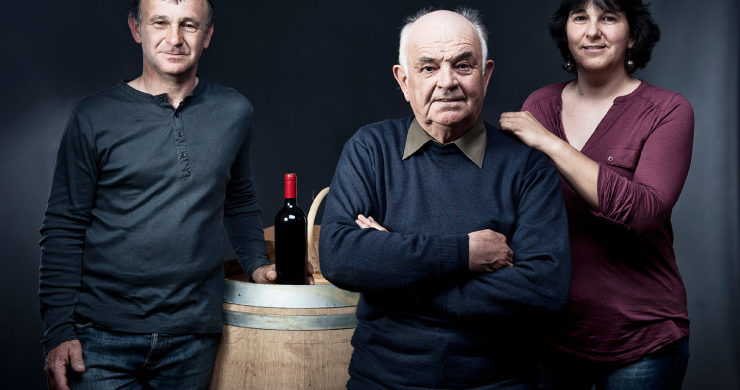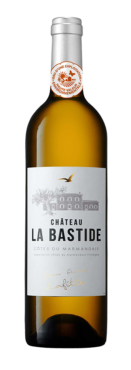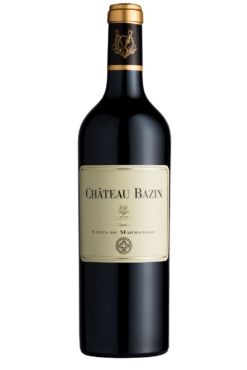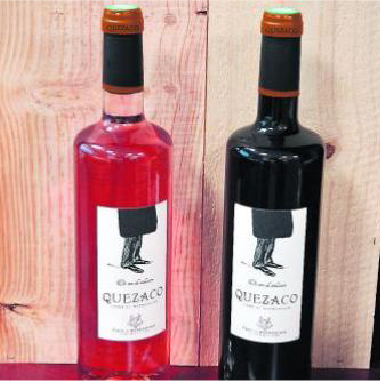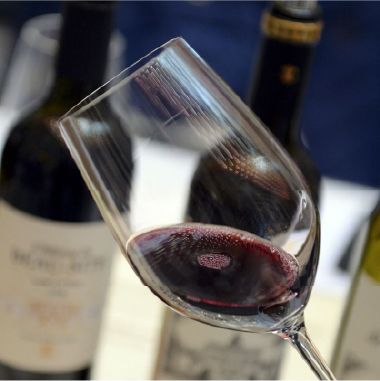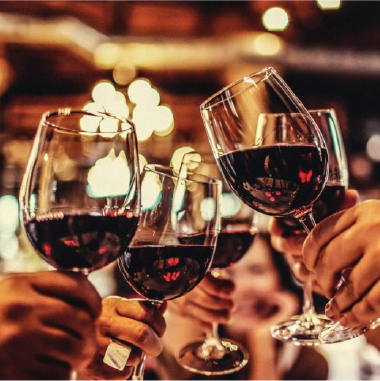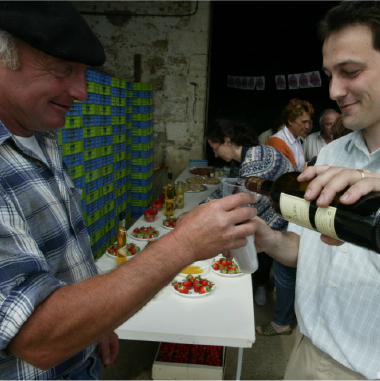Conditions générales de vente UK
Article 1 : Mentions légales UK
Les présentes conditions générales de vente sont conclues d’une part par la société SCA Cave du Marmandais au capital de dont le siège social est à Cocumont (47350), immatriculée au RCS d’Agen sous le numéro et d’autre part, par toutes personnes physiques ou moral souhaitant procéder à un achat via le site internet www.cavedumarmandais.fr dénommée ci après « acheteur ».
Les présentes conditions générales de vente visent à définir les relations contractuelles entre la SCA Cave du Marmandais et l’acheteur et les conditions applicables à tout achat par le biais de son site marchand, que l’acheteur soit professionnel ou particulier.
L’achat par le biais du présent site implique une acceptation sans réserves par l’acheteur des présentes conditions générales de vente.
Ces conditions de vente prévaudront sur toutes autres conditions figurant dans tout autre document non expressément agréés par la SCA Cave du Marmandais
Article 2 : Produits
La SCA Cave du Marmandais s’engage à accepter les commandes effectuées par internet dans les termes des présentes conditions générales de vente et dans la limite des stocks disponibles.
Les photographies illustrant les produits n’entrent pas dans le champ contractuel. Les photographies du site marchand sont les plus fidèles possibles mais ne peuvent assurer une similitude parfaite avec le produit offert notamment en ce qui concerne les couleurs. En aucun cas la SCA Cave du Marmandais ne pourra être tenue responsable d’éventuelles erreurs qui se seraient introduites dans ces photos.
Article 3 : Aire géographique
La vente en ligne des produits présentés sur ce site est réservée aux acheteurs résidant en France métropolitaine.
Article 4 : Commande
Le système d’enregistrement automatique est considéré comme valant preuve de la transaction. La confirmation vaudra signature et acceptation des opérations effectuées. La SCA Cave du Marmandais communiquera la commande enregistrée au client par courrier électronique à l’adresse que celui-ci aura renseignée.
La SCA Cave du Marmandais se réserve le droit d’annuler toutes commandes non conformes ou douteuses, ainsi que celles issues d’un client avec lequel existerait un litige relatif au paiement d’’une commande antérieure.
Article 5 : Droit de rétractation
En application des dispositions de l’article L.121-16 du Code de la Consommation, l’acheteur dispose d’un délais de sept jours francs à compter de la réception des produits pour faire retour de l’article livré pour échange ou remboursement, au choix de l’acheteur.
Les frais de retour sont à la charge de l’acheteur, la SCA Cave du Marmandais s’engage à rembourser l’acheteur à l’exception des frais de port aller/retour qui restent à sa charge.
Les retours s’effectuent à :
Cave du Marmandais
Lieu dit la Cure
47250 Cocumont
Article 6 : Prix
Les prix sont indiqués en euros, toutes taxes comprises (TTC).
Les prix indiqués sur les fiches de chaque produit ne comprennent pas les frais de port et de livraison.
Le prix indiqué lors de la confirmation de la commande est le prix définitif. Ce prix comprend le prix du produit et les frais de transport.
Article 7 : Livraison
Les livraisons sont faites à l’adresse indiquée dans le bon de commande.
Les risques sont à la charge de l’acheteur à compter du moment où les produits ont quitté les locaux. L’acheteur est tenu de vérifier attentivement ses colis à leur livraison. En cas de dommages pendant le transport ou de manquant, l’acheteur dispose d’un délai de 48H pour émettre des réserves auprès du transporteur. Pour des raisons de disponibilités, la commande de l’acheteur peut être livrée en plusieurs fois.
Les retards éventuels de livraison ne donnent pas le droit à l’acheteur de demander des dommages et intérêts.
Article 8 : Paiement
Le paiement des produits est payable en totalité au moment de la commande.
Le paiement s’effectue par carte bancaire via un serveur bancaire Crédit Agricole sécurisé.
La commande est validée dès lors que les centres de paiements bancaires concernés auront donné leur accord. En de refus des centres de paiements bancaires, la commande sera automatiquement annulée.
Article 9 : Garanties
La SCA Cave du Marmandais est tenue de la garantie légale des vices cachés, au sens de l’article 1841 du Code Civil : « Le vendeur est tenu de la garantie à raison des défauts cachés de la chose qui la rendent impropre à l’usage duquel on la destine, ou qui diminuent tellement cet usage, que l’acheteur ne l’aurait pas acquise, ou n’en aurait donné qu’un moindre prix, s’il les avait connus ». L’acheteur dispose d’un délai de 2 mois à compter de la date de livraison pour faire parvenir sa plainte à la SCA Cave du Marmandais. Au-delà de ce délai, la SCA Cave du Marmandais ne sera plus garants des produits commandés et le client devra prouver l’altération du produit avant sa réception.
Article 10 : Données personnelles
Le renseignement des informations nominatives collectées lors de la vente à distance sont nécessaires au traitement et à l’acheminement des commandes ainsi qu’à la gestion des relations commerciales. Ces informations sont gardées confidentiellement et ne font l’objet d’aucunes utilisations commerciales par des tiers.
Conformément à la loi n°78-17 du 6 Janvier 1978 «informatiques et libertés », le traitement de ces informations fait l’objet d’une déclaration auprès de la CNIL. L’acheteur dispose d’un droit d’accès et de rectification ou de suppression de toutes les informations nominatives le concernant auprès de la SCA Cave du Marmandais.
Article 11 : Protection des mineurs
Conformément à l’article L.3342-1 du code de la santé publique, le vente d’alcool à des mineurs de moins de 18 ans est interdite. L’acheteur s’engage à avoir 18 ans révolus en passant sa commande sur www.cavedumarmandais.fr




